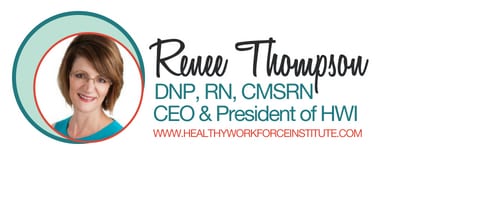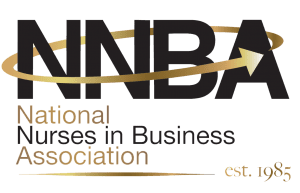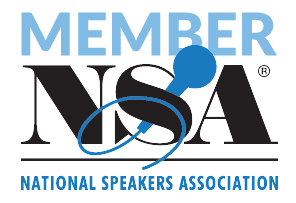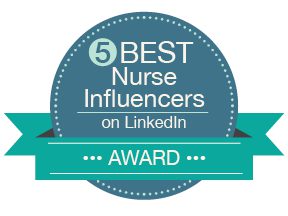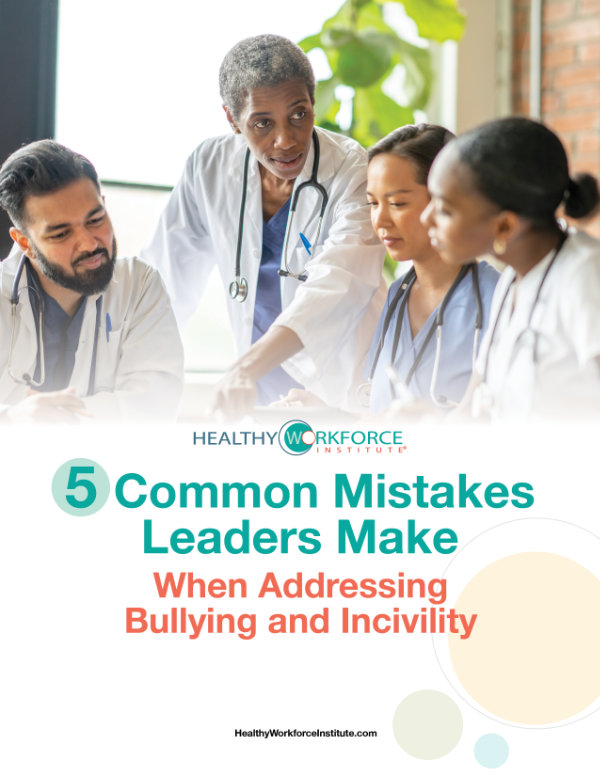Robin is a legend. Not because of how great she is. Robin is a legend because of how HORRIFIC she is!
Robin is a bully and everyone knows it. Her stories are legendary and are told by her targets around the modern day campfires – Starbucks and wine bars.
Everyone knows Robin’s reputation, even her boss and nurses on other units. Yet Robin is still employed.

Why? Two reasons:
- Nobody can ever really catch Robin in the act.
- She is clinically competent and really good at what she does.
Robin’s covert tactics…
She befriends new nurses until she gains their trust and then she stands back and watches them drown.
Robin deliberately withholds important details (like the patient needs to lie flat for 4 hours) when giving report to the nurses she secretly hates so that they make mistakes.
When in charge, Robin assigns the most difficult patients to the newest nurse on the unit, floaters, travelers, or anyone she doesn’t like, while her friends just happen to get the easiest assignments.
When new nurses have to give Robin report, they are often referred to as the sacrificial lamb, barely escaping with their lives.
Robin is a professional covert bully.
Dealing with covert bullies like Robin, are some of the biggest challenges nurse leaders face.
These are the employees who they KNOW are bullying others, but they can’t seem to catch them. To make it worse, bullies like Robin tend to be so competent that the organization turns a blind eye, justifies, or may even defend her bullying ways because she’s “such a great nurse”. I read this once (not sure where) in response to when someone says, “She’s a bully, but she’s a great nurse.” Yeah. And Ted Bundy was a great lawyer!
Make no mistake about it, these folks pose the greatest risk to the organization because they often hover under the radar due in part to their competence and sneaky methods, but are the primary cause of rising turnover rates, employee stress, and compromised quality of care.
Nursing Solutions, Inc. showed that 81% of nurses who leave an organization cite peer and nurse manager relations as a cause for leaving. And the problem is even greater with newly graduated nurses.
A study in the current issue of Policy, Politics & Nursing Practice reveals that an estimated 17.5 % of newly licensed RNs leave their first nursing job within the first year, and one in three (33.5%) leave within two years. Of the new nurses who quit their first job within the first 6 months, 60% state they are quitting because of the bad behavior of their coworkers – culture is more important than a paycheck.
Trust me; if you have a “Robin” in your unit or department, you have an ethical responsibility to “catch” her and either convince her to change her bullying ways or performance manage her out.
But how? Covert bullies are wickedly good at NOT getting caught.
For the answer, follow the steps law enforcement agents take.
My husband is a retired detective for the Pittsburgh Police. He worked in their intelligence department and was actively involved in gangs, terrorism, and dignitary protection. He shared that if you want to catch a professional criminal, there are certain steps they take in law enforcement.
STEP 1: JOIN FORCES
In Law Enforcement – Let’s say the police want to catch a notorious gang member. They schedule a meeting with the CIA, FBI, local agents in the field, and of course – his department too. They review what they each know, what’s been done, what evidence they have, etc. and then develop a strategic plan on next steps.
In Healthcare – Schedule a meeting with human resources, the bully’s front line manager, clinical director, CNO, CMO and anyone else involved.
Discuss the bully and ask these questions: What has been done so far? Is there anything documented in their file? Any disciplinary actions? Any written documentation, etc?
Review the policy on behaviors that undermine cultures of safety to get very clear on how her behavior is violating policy.
Develop a strategic plan for how you will collect information and confront bullying acts.
Determine what you need to terminate the bully. Your human resource representative can help with this piece.
[Tweet “Develop a strategic plan for how you will collect information and confront #bullying acts.”]
STEP 2: CONFRONT THE BULLY
In Law Enforcement – When they have substantiating evidence, they bring in the criminal for questioning.
In Healthcare – Meet with the bully. Tell her that you KNOW she is behaving in ways that are compromising patient safety and a healthy workplace.
Look her in the eye and say, “This is what I expect from you starting today.” And then spell it out very clearly how you want her to behave and what will happen if she violates your expectations.
Get a commitment from her by saying this, “Can I count on you to meet these expectations?”
STEP 3: REMOVE HER POWER
In Law Enforcement – While they don’t always have control over what the criminals do, they recognize that many of them either have the power or are being led by someone who does. Power is everything in criminal situations.
In Healthcare – Why do we put people who we KNOW are destructive into power positions?
If she is a preceptor, stop letting her precept new nurses.
If she is in charge, take her out of that role.
If she is leading any committees, remove her.
Strip her from anything that gives her power.
STEP 4: BUILD A CASE
In Law Enforcement – Just because they’ve identified the criminal doesn’t mean they can just go and arrest him or her. They first have to build a case.
In Healthcare – I know you think you can’t catch her. That she is so stealth – always hovering under the radar. However, SOMEBODY knows and witnesses what she’s doing – ALWAYS. You need to figure out who are the witnesses (they are usually the targets and support staff) and empower them to act.
Meet with folks individually who work with her. Ask for their help by documenting any incident involving a patient safety risk. I would even go so far as to admit that there have been reports of this person putting patients at risk by behaving in unethical ways and that you need their help so that you can protect patients (again, this will all be decided in your strategic meeting).
Gather any and all documentation about behaviors. It doesn’t matter if this documentation is anonymous, has a signature, is something verbalized to you, etc. Gather ALL EVIDENCE. Because what you’re doing is building a case. Just like a jury, they make decisions based on the preponderance of evidence.
STEP 5: FIRE THE BULLY
In Law Enforcement – When law enforcement officers have enough evidence, they don’t wait around. They act immediately and arrest the criminal before he can commit another crime.
In Healthcare – Stop letting one person have control over you and your organization. Focus all of your efforts on the steps above until you have enough evidence and then FIRE THE BULLY! Don’t wait until you have everything – remember, you’ve just built a case. Now do something with it!
A culture of silence must be replaced by a culture of safety. Disruptive behaviors happen because they can. It takes willing individuals and leaders to stop it.
Catching professional covert bullies, although it seems daunting, with determination and collaboration, you can catch them. The key is to follow the same steps, which have been known to catch some of our most wanted criminals.
If you know someone is putting patients at risk, professional bully or amateur, you have an ethical responsibility to the public to take action.
[Tweet “If you know someone is putting patients at risk, professional #bully or amateur, you have an #ethical responsibility to the public to take action.”]
After all, who is the public? We are!
Renee is the CEO of RTConnections, LLC and the Founder of the Healthy Workforce Institute. Renee and her team work with healthcare organizations to cultivate professional workforces by addressing workplace violence, bullying, and incivility. The HWI offers a cadre of services from online programs, workshops, and leadership coaching, to onsite and virtual assessments and deep dive consulting.
Be kind. Take care. Stay connected.

